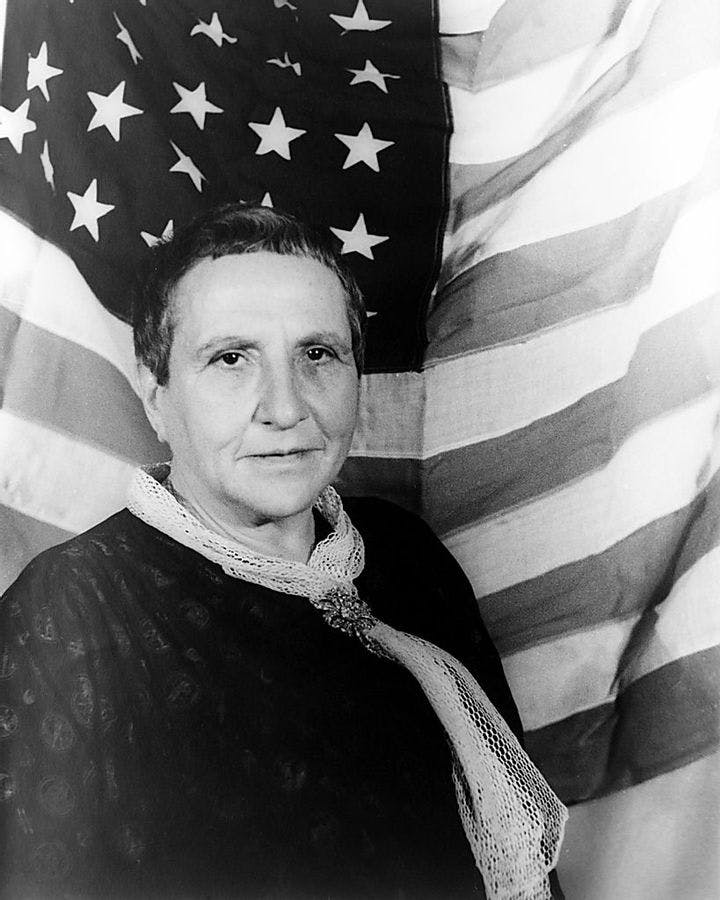Summer 2012
Gertrude Stein's Buried Beliefs
– The Wilson Quarterly
Less known than her art: she was a supporter of France's Nazi-collaborationist Vichy regime.
Most bookworms know the American writer Gertrude Stein (1874–1946) as the pen behind some of the most original modernist literature of the early 20th century, as an early collector of avant-garde art, and as a lesbian unafraid to acknowledge her long-term partner. Less known is the author’s enthusiasm for the collaborationist Vichy regime that during World War II ruled part of France, the country where Stein spent most of her adult life. A recent exhibition of the Stein family’s art collection at New York City’s Metropolitan Museum of Art failed to note that the author’s portion of the collection owed its survival in Nazi-occupied Paris to her Vichy contacts until a public outcry forced curators to make revisions.
Dartmouth English professor Barbara Will writes that the pass Stein has received may be linked to the feeling in some scholarly circles that the writer embraced the regime to protect herself—she was, after all, a Jew and a homosexual at a time when being either could mean a death sentence. Information that surfaced posthumously suggests that her Vichy contacts did ensure the safety of her and her Jewish partner, Alice B. Toklas, as they waited out the war in the rural Bugey region, near the Swiss border. Furthermore, after the war ended, Stein claimed to have joined the French Resistance in 1943.
Will rejects this purely benign view of Stein’s motives. Stein held extreme views that were in evidence as early as the 1920s, Will argues, particularly in her correspondence with her close friend Bernard Faÿ, a right-wing French historian. During World War II, Stein translated Vichy leader Henri Philippe Pétain’s speeches into English and published an essay connecting the World War I hero’s vision for France and the goals of her experimental writing. Even after Pétain was sentenced to death for treason following World War II, Stein praised the armistice he negotiated with Adolf Hitler in 1940 as “a miracle.”
Like many modernist writers, left and right, Stein lamented the changes industrialization and capitalism had visited upon society. As a poet and novelist, she shrugged at material rewards and pursued the fragmented and elusive literary style she believed to be closest to artistic truth. Pétain’s fascist ideas presented her with “a blueprint for a new kind of revolution in the United States, one that would negate the decadence of the modern era and bring America back to its 18th-century values,” Will argues. In a 1940 essay for The Atlantic, Stein compared Pétain to George Washington and Benjamin Franklin.
“Fredric Jameson [the noted literary and cultural analyst] has criticized the systematic ‘innocence’ of intellectuals that gives a free pass to those whose work we admire,” Will notes. “It is high time for us to strip away that innocence, and to produce a more inclusive, complex, and realistic portrait of our modernist predecessors and their work.”
THE SOURCE: “The Strange Politics of Gertrude Stein” by Barbara Will. Humanities, March–April 2012.
Photo courtesy of Wikimedia Commons
Up next in this issue
